We are not lost or dizzy. We are in Budapest, Hungary. But today we visited Szentendre and there, the confusion arose. We have a sensitive and well-trained nose haha. Outdoors or indoors, we can detect fast either a nice fragrance or a smelly sock if there’s around.
And after some minutes of walking in Szentendre, a known smell hit our noses. One could be wrong, but the two of us, come on, that’s too much hahaha. So, yes! There was a Serbian smell around and we decided to investigate.
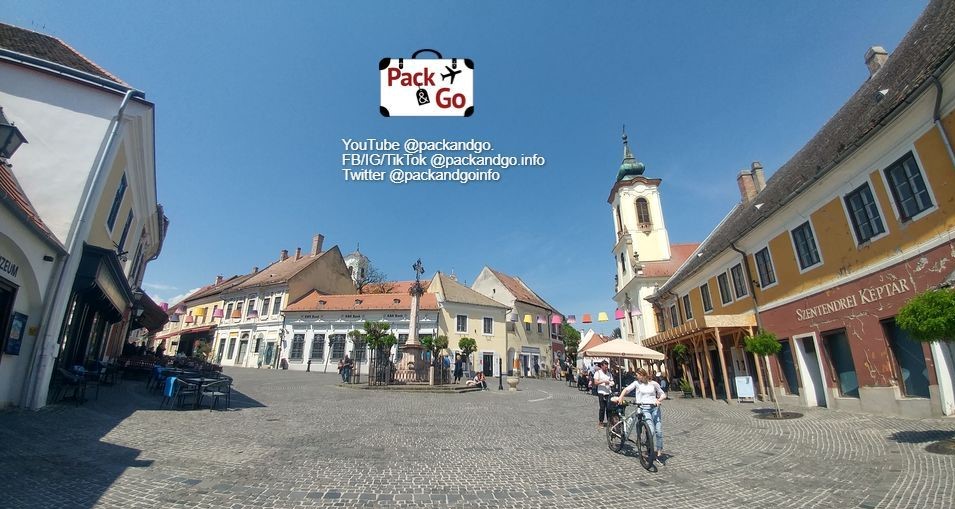
Where is Szentendre?
Take your map and locate Budapest, Hungary. Then approximately 23 km to the North, you will find Szentendre just next to the Danube River. This nice town is between the capital of Hungary and the Visegrád Mountains.
| Follow PackAndGo.info at: | |
| YouTube | @packandgo. |
| @packandgo.info | |
| @packandgoinfo | |
| @packandgo.info | |
| TikTok | @packandgo.info |
What does Szentendre mean?
Szentendre means St. Andrew. There is a church in the town with this name and it dates back to the 13th century.
What’s the History of Szentendre?
Ok, let’s back to our investigation. Walking around Szentendre, we felt that specific and delicious smell we mentioned. It was pljeskavica, guys! A very popular meal in Serbian cuisine. It's a meat patty, a tasty grilled dish that combines spices with different types of meat like lamb, beef, and pork. After that tempting hit in our nose, a second reality glitch: “M” read some names in Cyrillic, Serbian Cyrillic to be exact.
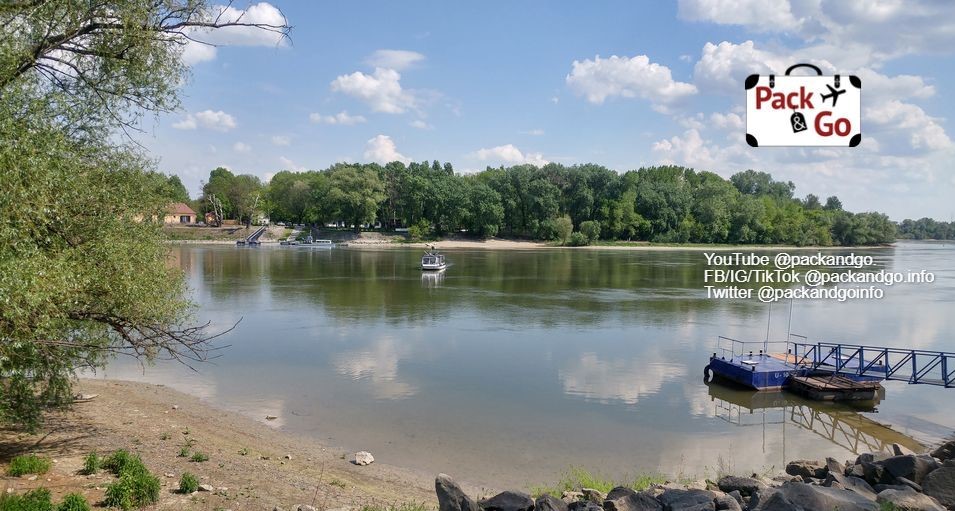
Yes, there’s History in Szentendre. It goes back to the 17th century when a big number of Greek, Serbian, and Dalmatian folks fled Ottoman Turkey. They managed to settle in the current Szentendre area because the Habsburg Emperor Leopold I offered them religious and civil liberties (1690). These immigrants are the origin of Szentendre. Before their arrival, the place was almost uninhabited.
In the 18th century, the town reached one of its best moments due to the work of its population. Its physiognomy was defined following the cobblestoned, labyrinthine, and narrow style of the typical streets of Mediterranean towns. Trading grew a lot and became the base of their Economy thanks to the Danube’s proximity. Transportation was not a problem for them. The production of wine was another activity that boosted the Economy. This prosperity allowed the construction of Baroque buildings, orthodox churches, and schools for the 6 thousand Serbians (approx.) that lived there. From a village, it reached town status, and finally, it became officially a city in 1872.
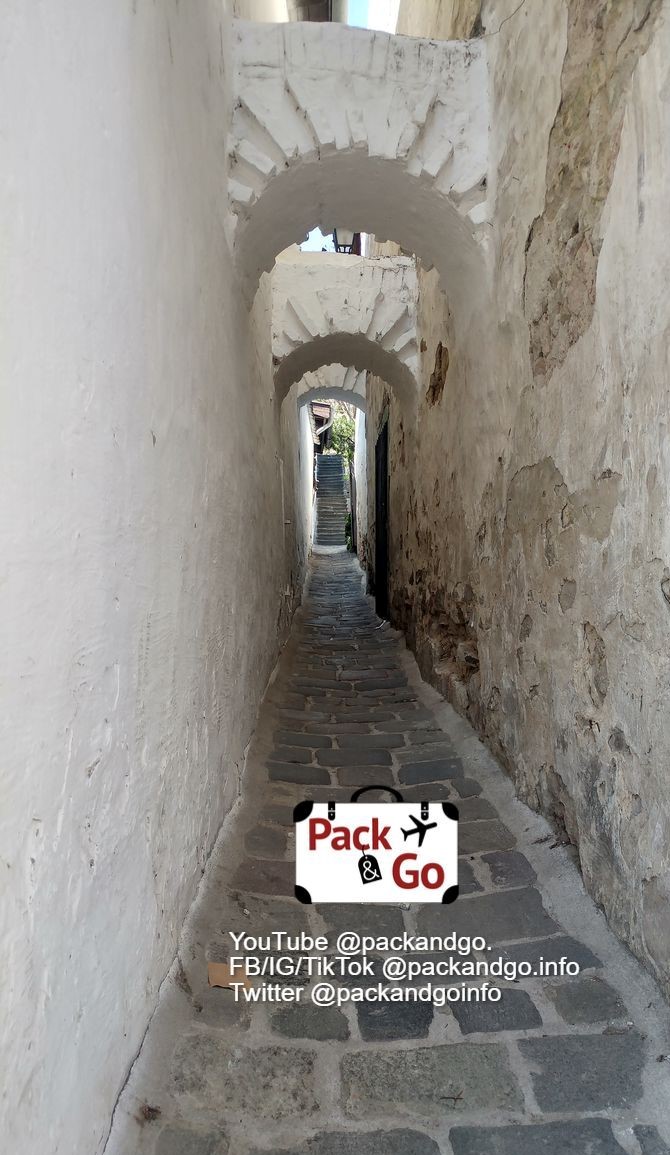
Later on, when the control of the Ottoman Empire finally got over (early 20th century), most of the people got back to their motherland. Hundreds of years after their original and successful settlement in Szentendre, only a few families decided to stay. Through time, their churches became Calvinist or Roman Catholic. They became a minority and by the late 19th century, Hungarians were already the main ethnic group.
In the 20th century, the quiet and nice vibe of Szentendre attracted the attention of artists (1929). A large number of actors, musicians, painters, poets, etc. moved to this city.
Since then, the place has expanded and more people have moved. Things for sure have changed but still, now, the architectonic and gastronomic traces of the people who made Szentendre a flourishing city remain there.
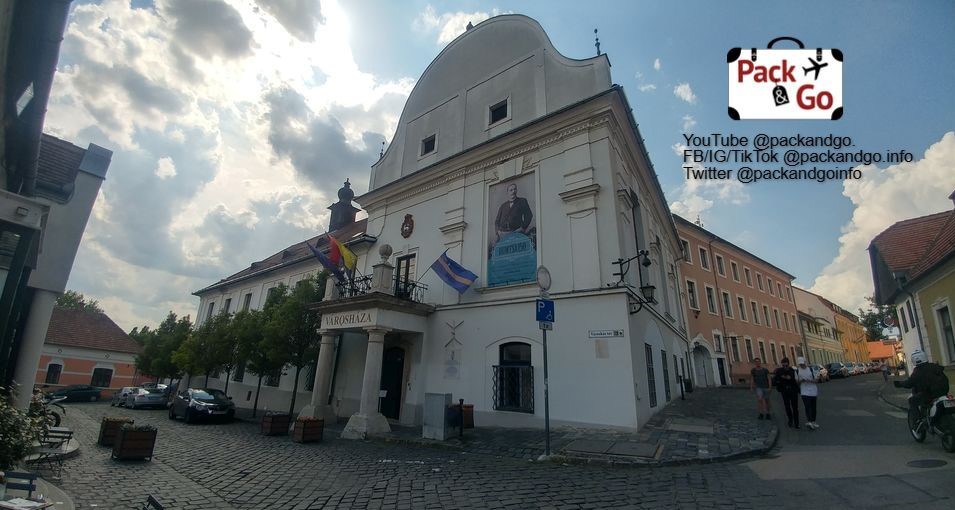
How to reach Szentendre?
Well, it depends on where you are. But considering Budapest as starting point, you can reach Szentendre easily by car (30 minutes), public transportation (40 minutes), and even hitch-hiking. For Hungarian drivers exiting the capital to the North, it won’t be hard to drop you in Szentendre or very close to there. This town will be kind of in their way.
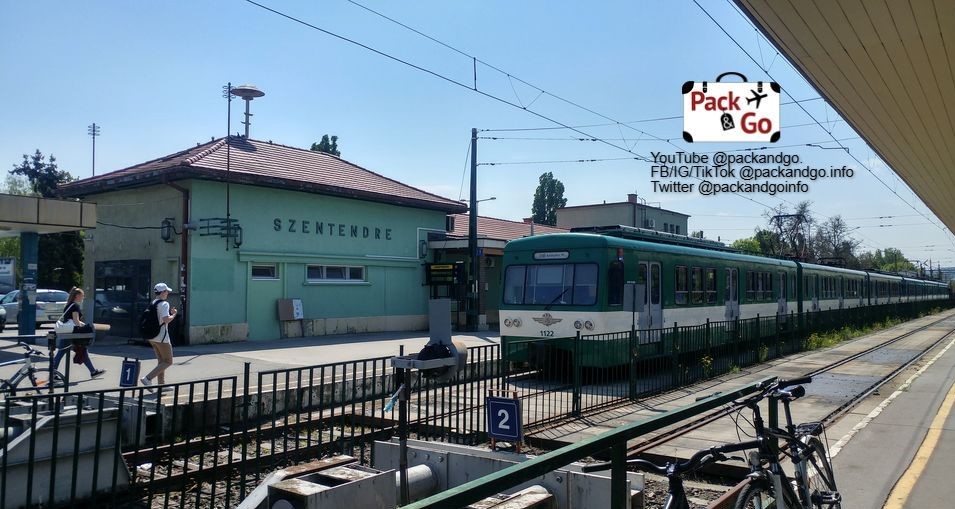
Szentendre train station, Hungary. Photo by packandgo.info
This time, we chose public transportation, a suburban train (HÉV, Hungarian abbreviation of railways of local interest). It was comfortable and fast to reach Szentendre. Especially on the way back, the traffic to Budapest was heavy. We were very glad not to be stuck there. The train moved without a problem. We needed to buy a regular ticket (350 HUF, around 1 EURO per ticket) to reach Békásmegyer train station and an extension ticket Békásmegyer-Szentendre (310 HUF, per ticket). Both tickets can be bought in a machine at the station you are in.
From the train station is very easy to walk to the old town of Szentendre.
Someone told us that, before the pandemic started, there was a boat or a boat tour to reach Szentendre from Budapest. If you like the idea, you can ask. We didn’t find this choice available at the time we were there.
What to do in Szentendre?
From your arrival, you can enjoy the Mediterranean vibes of Szentendre’s streets, its colorful houses, buildings, and the Baroque style of architecture. Stop in one of the multiple coffee shops or restaurants to try tasty Hungarian and Serbian dishes. Choose a bench in front of the Danube to contemplate it or do people-watching. Honestly, it’s a small place with many choices for spending a great time.
You also can look for museums (more than a dozen), churches (there are at least 10 different churches), monuments, buildings, souvenir shops, or galleries to visit.
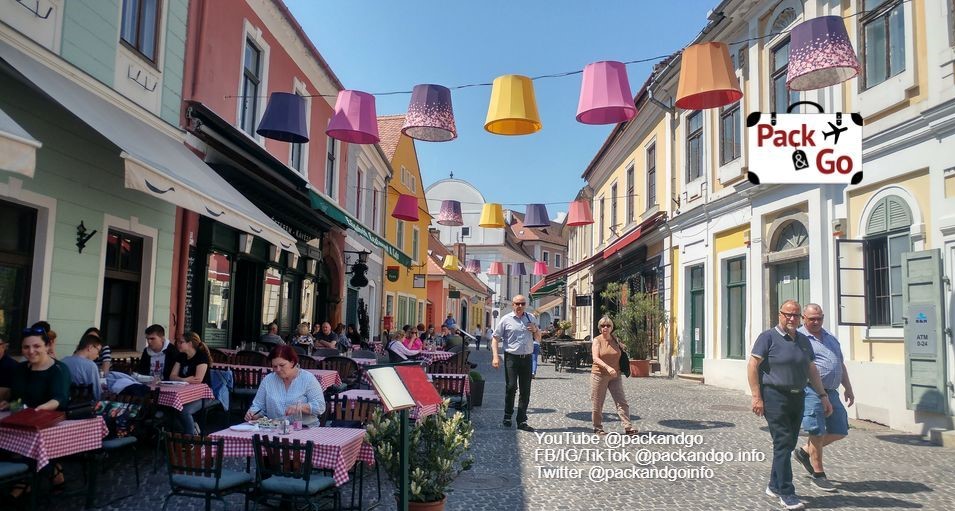
The main square (Fo Tér)
To walk in the main square is a must. It’s small and cute. The first landmark you will see is the Memorial Cross and then, many colorful coffee shops and souvenir shops. The square has been, since the Middle Ages, a center of economic and social life. The cross was built (1763) by Serbian merchants to thank that an epidemic at the time did not hit the town.
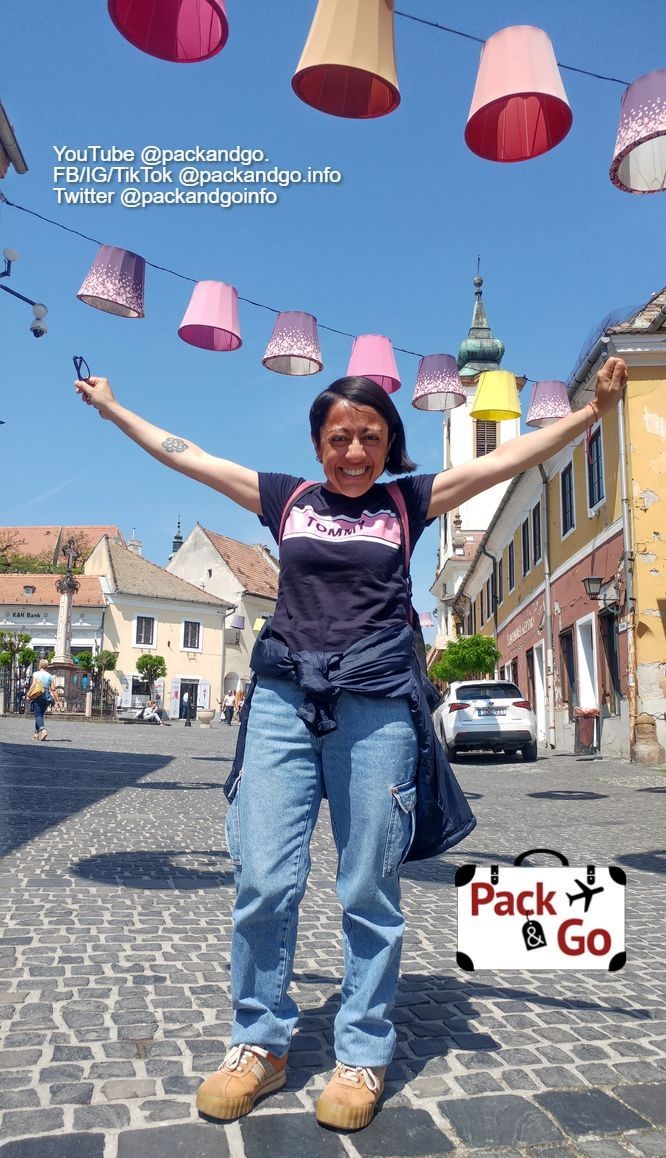
If you are into crosses, there are at least 3 more that you can look for around Szentendre. Each of them has a different story, and a different viewpoint of the town (Tanners’ cross, Tsar Lazar’s cross, Vine-growers cross).
Annunciation or Blagovestenska Church
It was built in the 18th (1752) by the Hungarian architect, András Mayerhoffer. It honors the annunciation of the Virgin Mary. It’s a Serbian Orthodox church and it will be on your way while exploring the center or main square. If you are into churches or architecture, you may like it.
Belgrade Cathedral or Saborna
It was built (1762-1764) by the Serbians, Greek, and Dalmatian immigrants who fled Belgrade and its surroundings due to Ottoman domination. It was originally constructed with stone and brick, rather than wood like all the other churches in town. Soborna makes you see the difference, a contrast, with the previous and other churches in town.
Church Hill
This is a Roman Catholic church dedicated to Saint Andrew. We visited it because we were told that is the oldest in town and even considered a monument. Its construction dates back to the 13th century but it was destroyed and reconstructed at different times. It got a Gothic style for some time, but finally, it got the Baroque style thanks to the Catholic Dalmatians who rebuilt it after the Ottoman occupation.
Open Air Ethnographic Museum o Szabadtéri Néprajzi Múzeum (Skanzen)
The Ethnographic museum is big and it will take you back between 100 and 200 years to life in the countryside. It’s an area of 60 hectares where 312 different buildings (churches, barns, traditional houses, workshops, etc.), divided into 8 regions, are exhibited. You can explore it by foot, or bicycle (rental), or you can take the Skanzen train (it stops at 5 points from which you can reach the 8 regions of the exhibition). It's a natural place and this makes the experience nicer.
To reach this museum, let’s say from the main square of Szentendre, you have to walk 3.8 km. If you prefer to save energy for walking in the big museum, take a local bus from Szentendre to Skanzen and you will be there in less than 10 minutes. There’s an entrance fee of 2,600 HUF per adult (almost 7 EURO). There’s a fee for parking if you go by car (900 HUF).
Is Szentendre worths a visit?
Yes, we think Szentendre is worth a visit. Some people skip it but mostly because they don’t have time enough to go. If you plan a weekend or a short holiday in Budapest, yes, the capital is beautiful and it offers many attractions. For sure, you will stay only there. But if you have time, don’t miss the chance to visit this cute and picturesque place. It’s not expensive to reach it. Public transportation is very efficient. It’s not far from Budapest and it’s next to the nice Danube river. You can go there for a day trip or a weekend. We went on a working day and it was not crowded. It was a very relaxing trip.
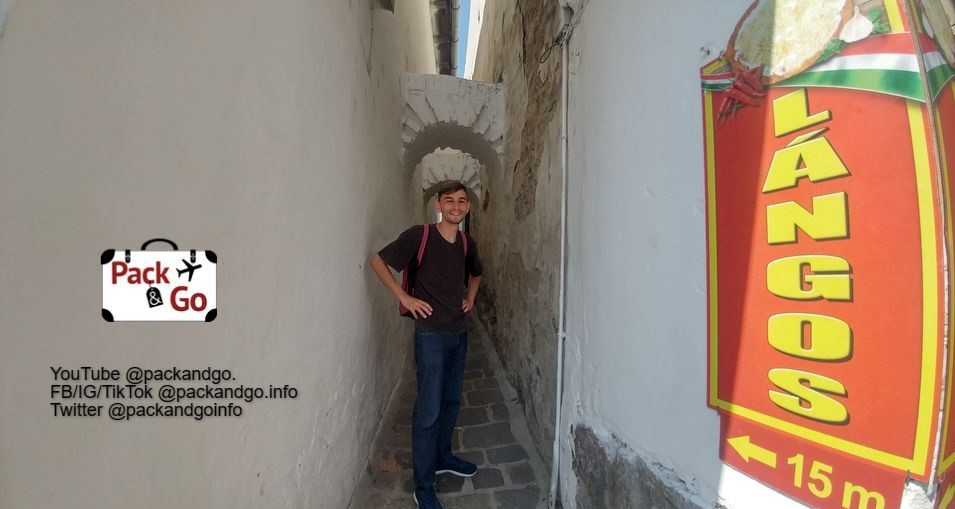
If you are a fan of the TV series The Witcher, you have an extra reason to visit Szentendre. This place and different locations in and around Budapest were used to film the first season (2019). The creators of the TV series considered Szentendre and its surroundings the ideal locations to recreate the medieval world of Geralt of Rivia. If you know and like the story, based on the books of the Polish writer Andrzej Sapkowski, being in this Hungarian place can be exciting. At least during our stay, we didn’t see witches, elves, or mutants. But who knows, your experience here can be different and we will love to hear it!
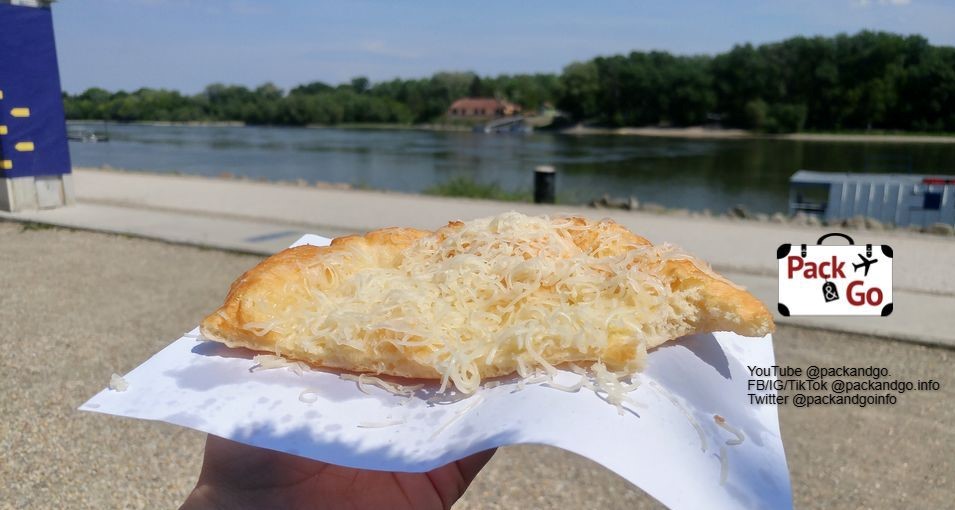
Conclusion
Mystery solved! Now you know that Szentendre is a very nice Hungarian destination and why it smells like Serbia. We recommend you to go there but be ready to face a dilemma. What to eat? Hungarian or Serbian food? Both are delicious! To arrive with an empty belly could be a good idea not to miss a single choice!
Follow our journey and be ready for our next stop!
Check more interesting articles about Budapest, Hungary:
Avoid the Pest side of Budapest at all costs! Here is why!
Top 5 parks in Budapest for picnic lovers
5 Reasons to Fall in Love with the Buda Side of Budapest: An Insider's Guide
| Follow PackAndGo.info at: | |
| YouTube | @packandgo. |
| @packandgo.info | |
| @packandgoinfo | |
| @packandgo.info | |
| TikTok | @packandgo.info |
